The Punishment of "Dian Tian Deng": A Cruel Depiction in History and Literature
In ancient China, various forms of punishment emerged endlessly, some of which were extremely cruel, such as "Lighting the Heavenly Lantern." This punishment was vividly described in literary works, especially in Luo Guanzhong's classic novel "Romance of the Three Kingdoms," where it appeared as an extreme form of punishment. This article will explore the essence and historical background of the punishment of Lighting the Heavenly Lantern, as well as its description in "Romance of the Three Kingdoms," and analyze the characteristics of the era reflected in this practice.

As the name suggests, Lighting the Heavenly Lantern was a cruel punishment that involved tying a person to a high place and igniting them. The specific implementation of this punishment involved binding the prisoner to a tall wooden scaffold, placing flammable materials around their body, and finally igniting them, causing the prisoner to end their life in extreme pain and despair. This punishment not only led to the death of the victim but was often carried out in public, serving as a deterrent to others.
Historically, Lighting the Heavenly Lantern was not a common form of punishment. Its emergence was often associated with social unrest and political struggles during specific periods. Although the description of Lighting the Heavenly Lantern in "Romance of the Three Kingdoms" contains certain literary exaggerations, it also reflects the chaos of society and the brutality of power struggles at that time. In this work, Lighting the Heavenly Lantern was used to punish those who betrayed or posed a serious threat to the ruler, demonstrating the ruthless crackdown of the ruling powers against opposing forces.
From a humanitarian perspective, Lighting the Heavenly Lantern is undoubtedly an extremely cruel practice. It not only deprived people of their lives but also inflicted unimaginable suffering on the victims. Such practices are completely unacceptable under today's legal and ethical standards. However, in ancient times, due to the imperfect legal system and human rights protection, similar punishments were not uncommon during certain periods.
The existence and implementation of Lighting the Heavenly Lantern reflect ancient society's perception of crime and punishment. In some eras, people believed that severe punishments could effectively maintain social order and authority. However, with the progress of civilization and the popularization of the concept of the rule of law, such extreme forms of punishment have been abolished, and modern society places greater emphasis on the fairness of human rights and legal procedures.
In literary works, Lighting the Heavenly Lantern, as a symbol of punishment, also conveys the author's deep reflections on humanity and society. Through such descriptions in "Romance of the Three Kingdoms," it not only showcases the fate and character transformations of the characters but also reflects the social conditions and values of that era.
In conclusion, although Lighting the Heavenly Lantern was not a common form of punishment in reality, it was endowed with profound cultural significance in literary works such as "Romance of the Three Kingdoms." It is not only a reflection on the legal system and moral concepts of ancient society but also an exploration of the limits of human nature. Through understanding and analyzing this punishment, we can gain a more comprehensive understanding of the complexity of history and the twists and turns of human civilization's development.
Disclaimer: The above content is sourced from the internet and the copyright belongs to the original author. If there is any infringement of your original copyright, please inform us and we will delete the relevant content as soon as possible.
Guess you like it

Has the Grand Duchy of Moscow perished? What are the reasons for its demise?
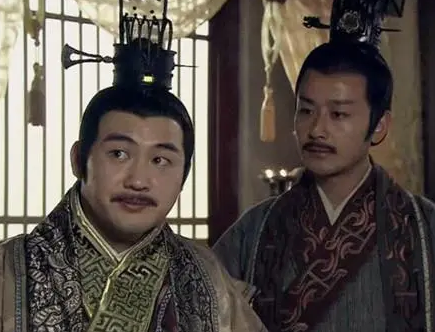
What contributions did Liu Fei, the son of Liu Bang, and Lu Zhis tolerance make, given Liu Feis strength and Lu Zhis forgiving nature?
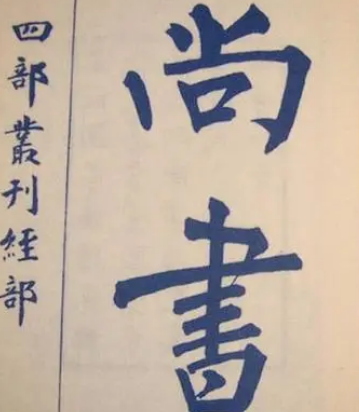
Fu Sheng: The Founder of Han Dynasty Classics and the Inheritor of Shangshu
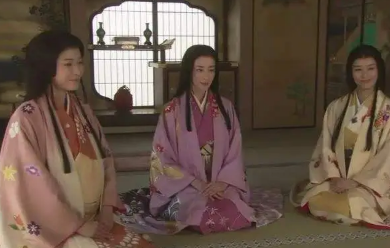
Who are the three daughters of Asai Nagamasa? What are their stories?

Liu Feng and Zhuge Liang: Unveiling a Historical Commentary

What is the area of the Grand Duchy of Moscow? What places does its territory include?
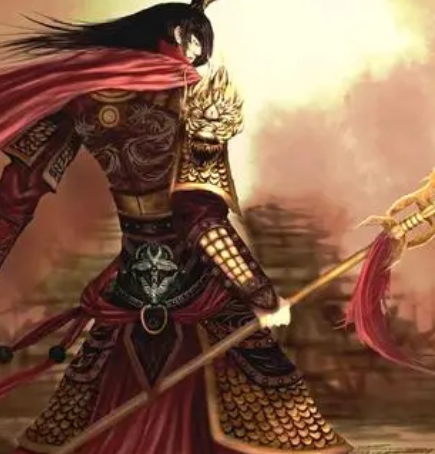
What is the truth behind Lu Bus bravery and Zhang Feis challenge?

The Splendor of the Ming Dynasty: The Legendary Tales of Zhu Zhanji, Zhu Qizhen, and Zhu Qiyu
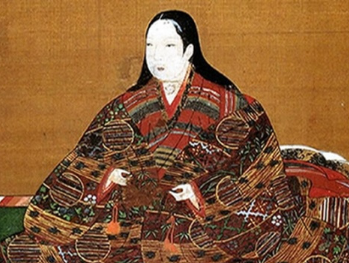
Why is Asai Chacha considered a princess? Who is Asai Chacha?

Liu Bang and Lady Qi: A Tragedy of Power and Love









